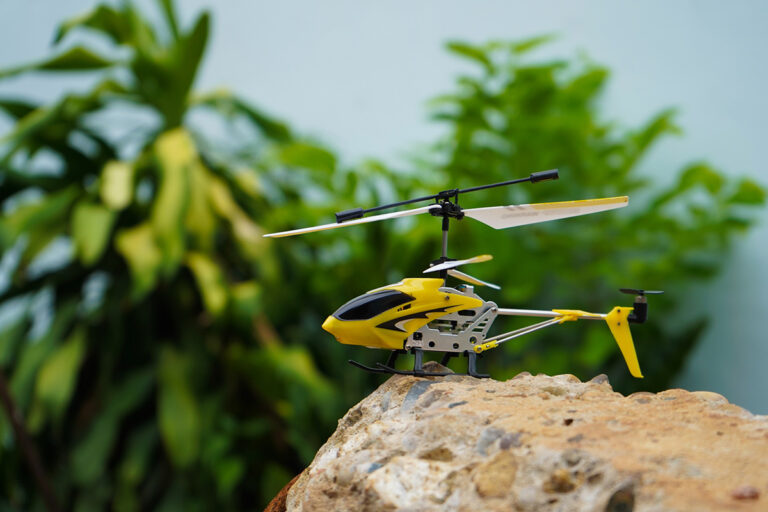A Comprehensive Guide to Flying RC Helicopters
The world of RC helicopters is thrilling but also riddled with challenges. It demands precision, dedication, and the right set of tools. This guide aims to navigate you through the intricacies of this exhilarating hobby, ensuring a smooth flight every time.
Get A RC Helicopter Flight Simulator
The initial step to a great flying experience is investing in a top-notch flight simulator. Why? Because diving into the world of RC helicopters can be daunting, especially with a steep learning curve awaiting. A simulator, mimicking the real-life versions of the helicopters you’ll fly, can be your best bet against early crashes. Some notable simulators include the Real Flight G5.5 by Great Planes, Phoenix R/C Pro Simulator V3.0 from Horizon Hobby, and Aerofly V5.5 from Ikarus.
Before you soar, understand the machinery. The market is flooded with an array of helicopters, some genuine, while others mere knock-offs. Your local hobby shops can be a guiding light, introducing you to reputable brands and ensuring a steady parts supply.
RC Helicopters: The Pilot’s Essentials
WThe best comprehensive guide to RC Helicopters to date with most of the information a pilot needs to enjoy all that this hobby has to offer. This guide will help you to learn how to fly, repair and modify your helicopter.This book is for you if you:
•If you want to learn how to effectively fly your helicopter
•If you want to increase your piloting skills
What Kind of RC Helicopter?
Helicopters come in a variety. Let’s break them down:
- Coaxial Helicopters: These are perfect for beginners. They possess a dual rotor system enhancing stability. Rotors rotate in opposite directions, eliminating the need for tail blades. Models like the Heli-Max Novus CX are a testament to their beginner-friendly nature.
- Fixed Pitch Helicopters: They often feature a two-bladed rotor system. Direction is determined by the tail rotor. Heli-Max Novus FP serves as an excellent example.
- Collective Pitch: Representing the pinnacle of RC helicopter complexity, the likes of Walkera HM-1B operate with a constant rotor head speed. Blade pitch changes deliver altitude adjustments, and they can even fly upside down, enabling 3D aerobatics.
For those dipping their toes, Coaxial RC Helicopters are ideal. They’re forgiving with commands, suitable for indoor flight, and some can hover autonomously.
Learning to Fly
Mastering flight begins with a purpose. Start simple, with basic hovering exercises, ensuring complete control over your helicopter’s tail. The art of controlling direction, whether it’s forward, backward, or side to side, is foundational.
Evolution is a part of this journey. Once you master the basics, a Fixed Pitch Helicopter becomes the next logical step. Post this, with a fortified skillset, you’ll be ready for the Collective Pitch realm.
When transitioning to a collective pitch helicopter, consider the helicopter’s size. Bigger models fare better in windy conditions. Don’t forget to equip training gear to enhance your hover training.
However, remember that collective pitch helicopters demand finesse. Overcompensating is a common error; small stick movements can greatly affect its trajectory. Gradually raise the collective stick for controlled take-offs and landings. Practicing these maneuvers will fortify your expertise and reduce crash chances.
Never sideline your simulator, even after mastering basic maneuvers. A strategic simulator session can reinforce your skills, speeding up your journey from a novice to a seasoned RC helicopter pilot. Always practice with a purpose, refining basics, and challenging yourself with advanced techniques. Safe flying!






